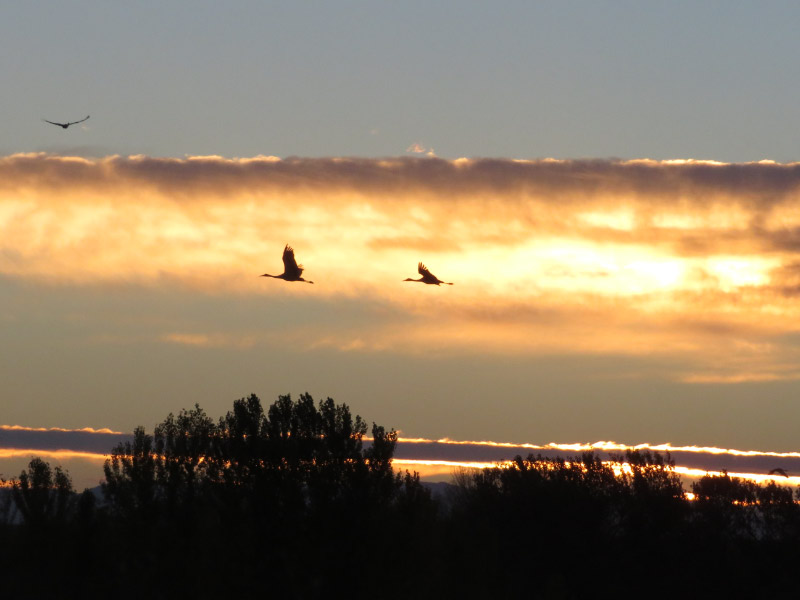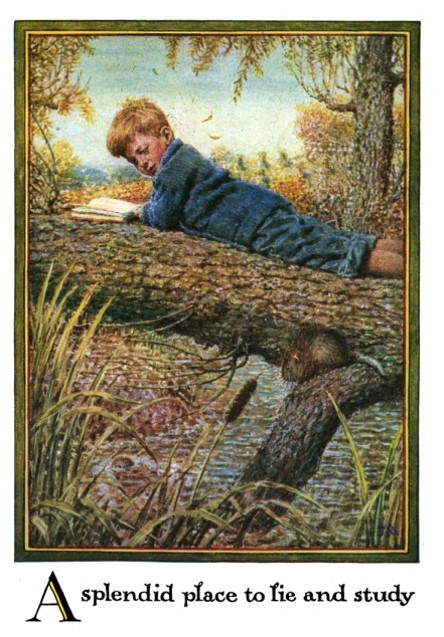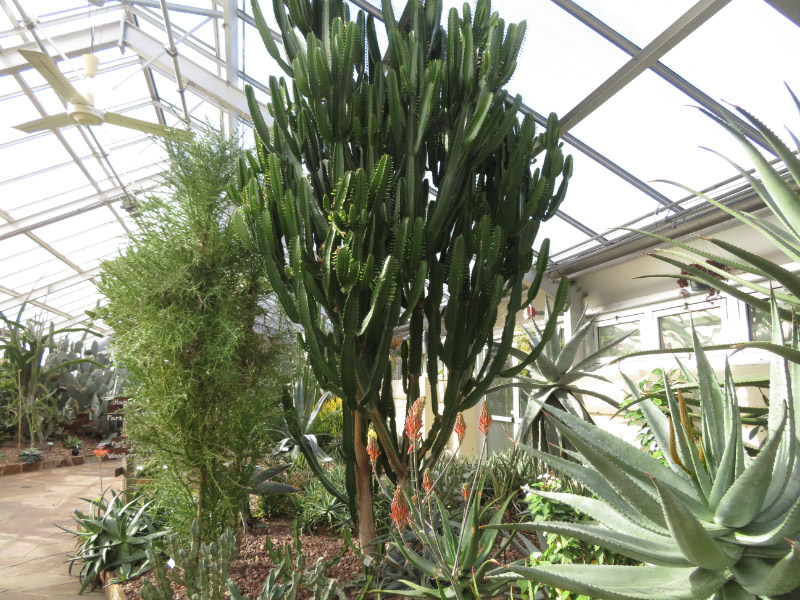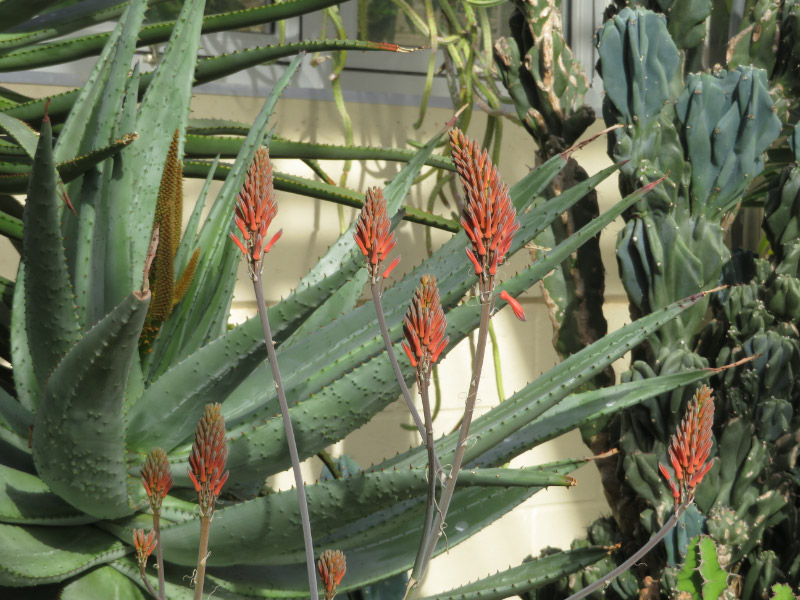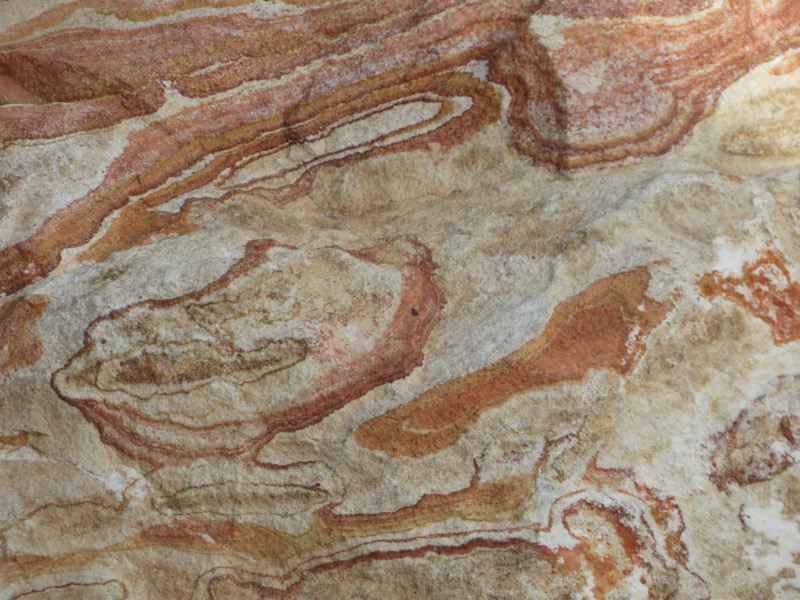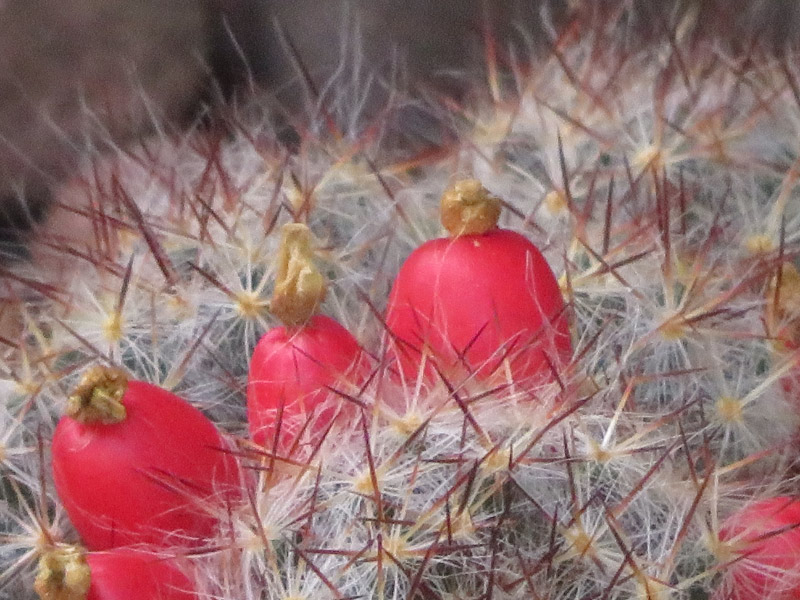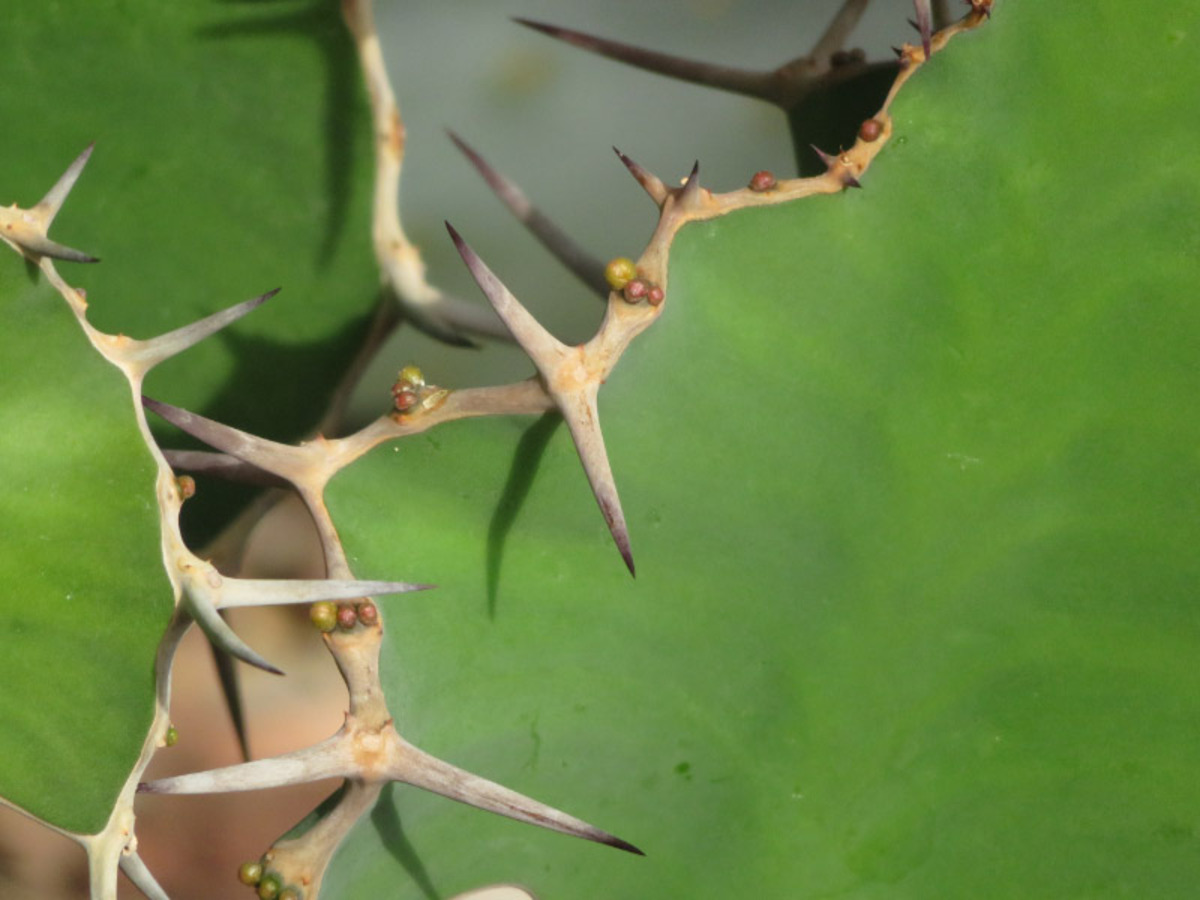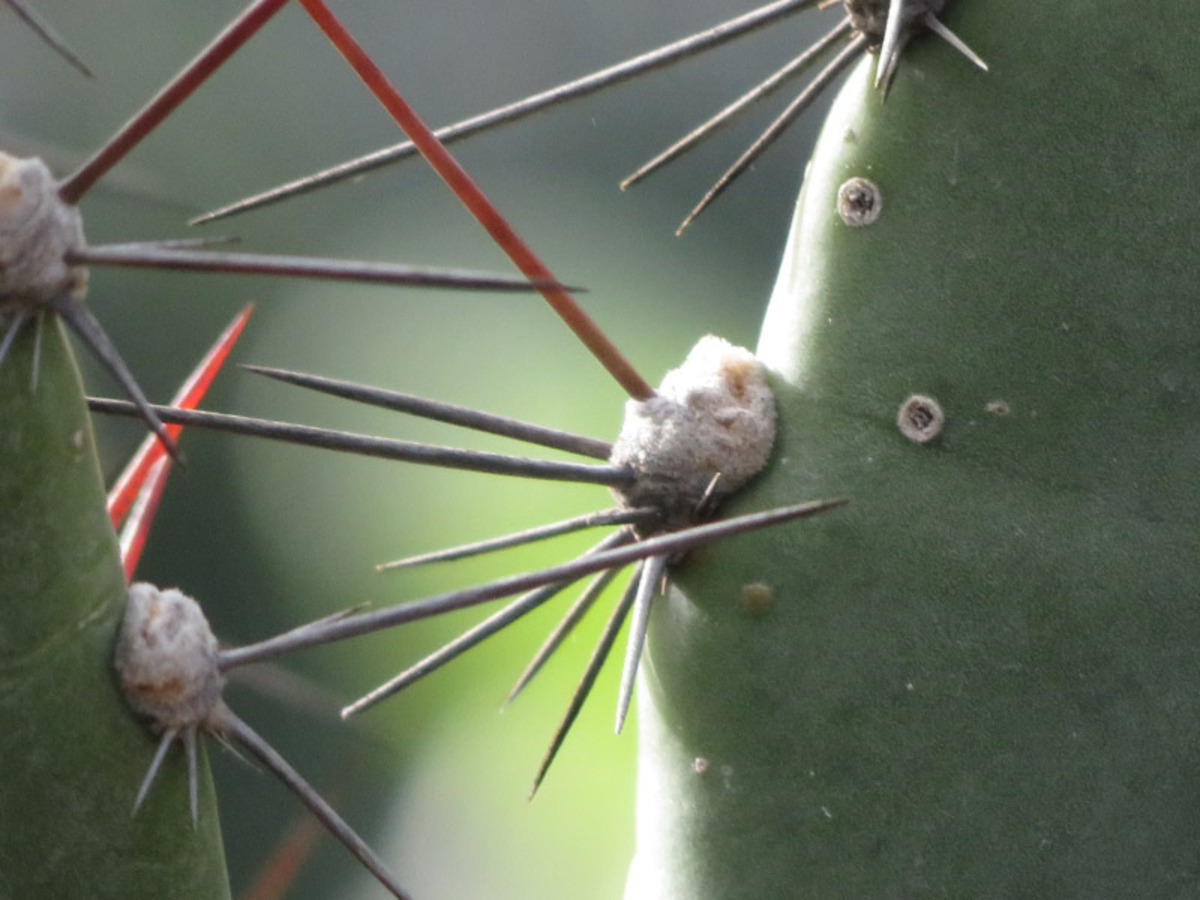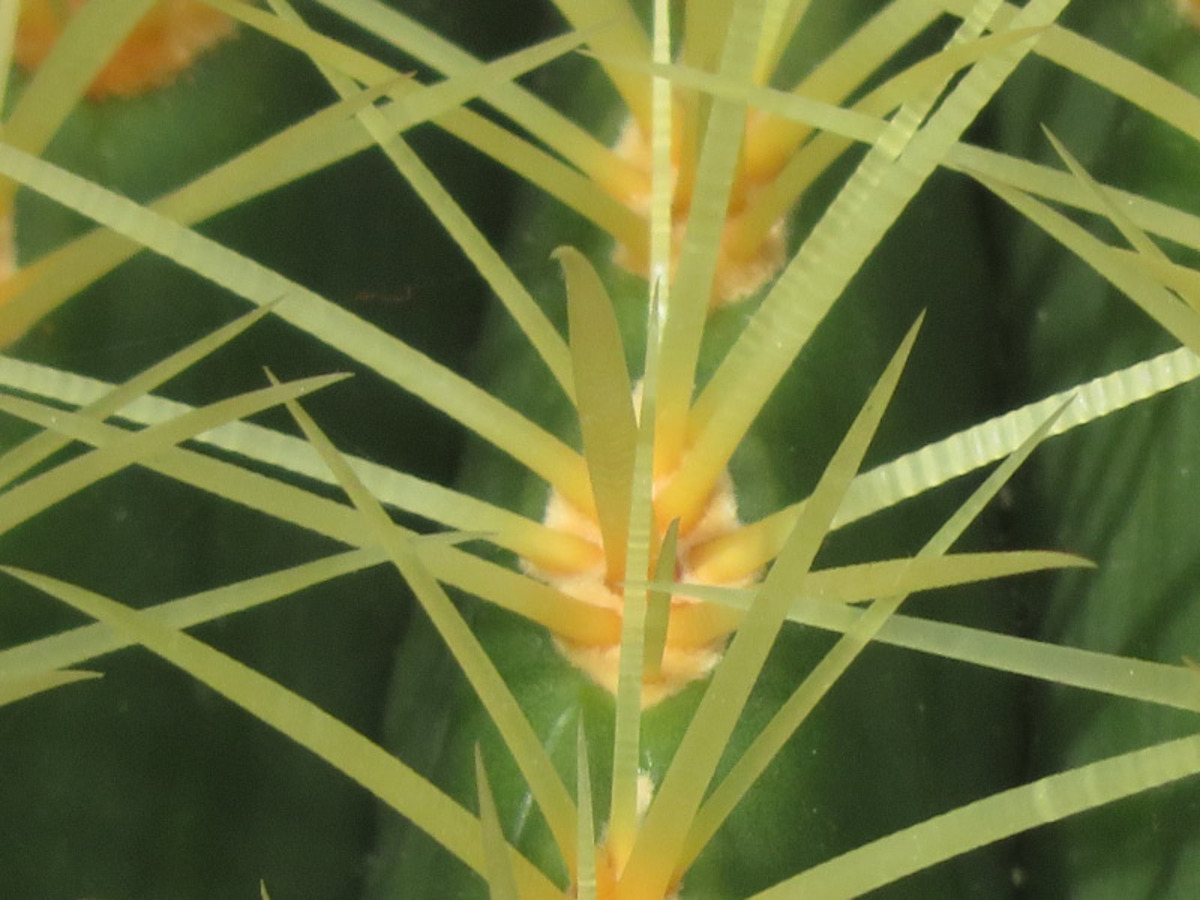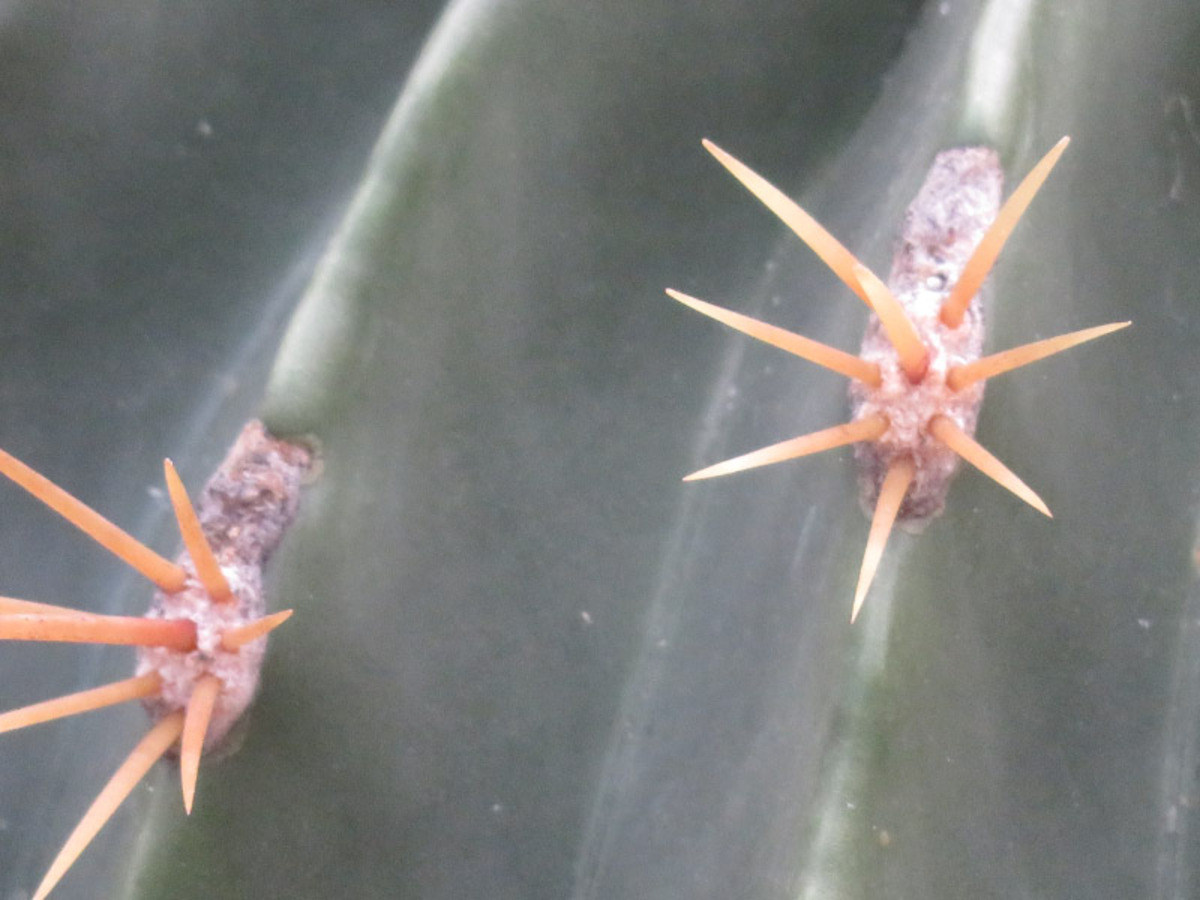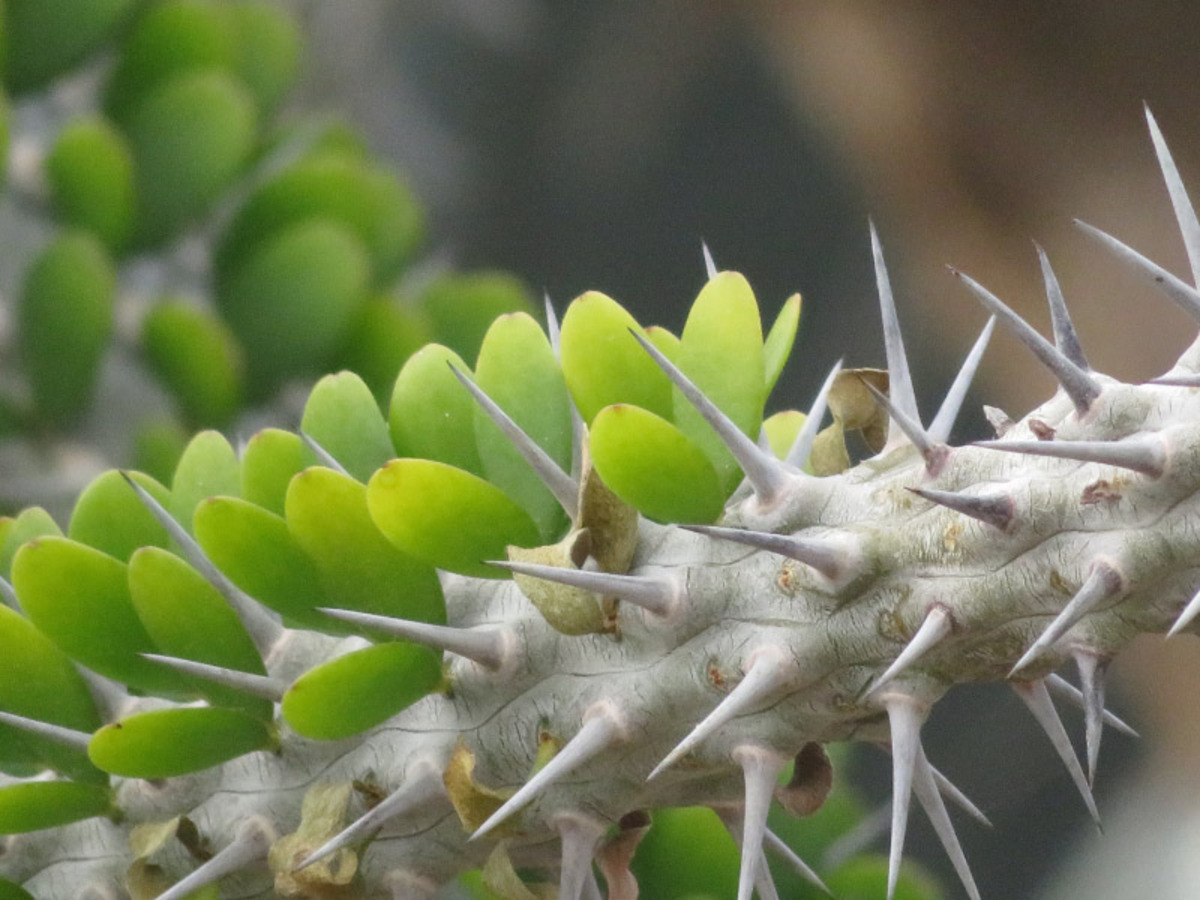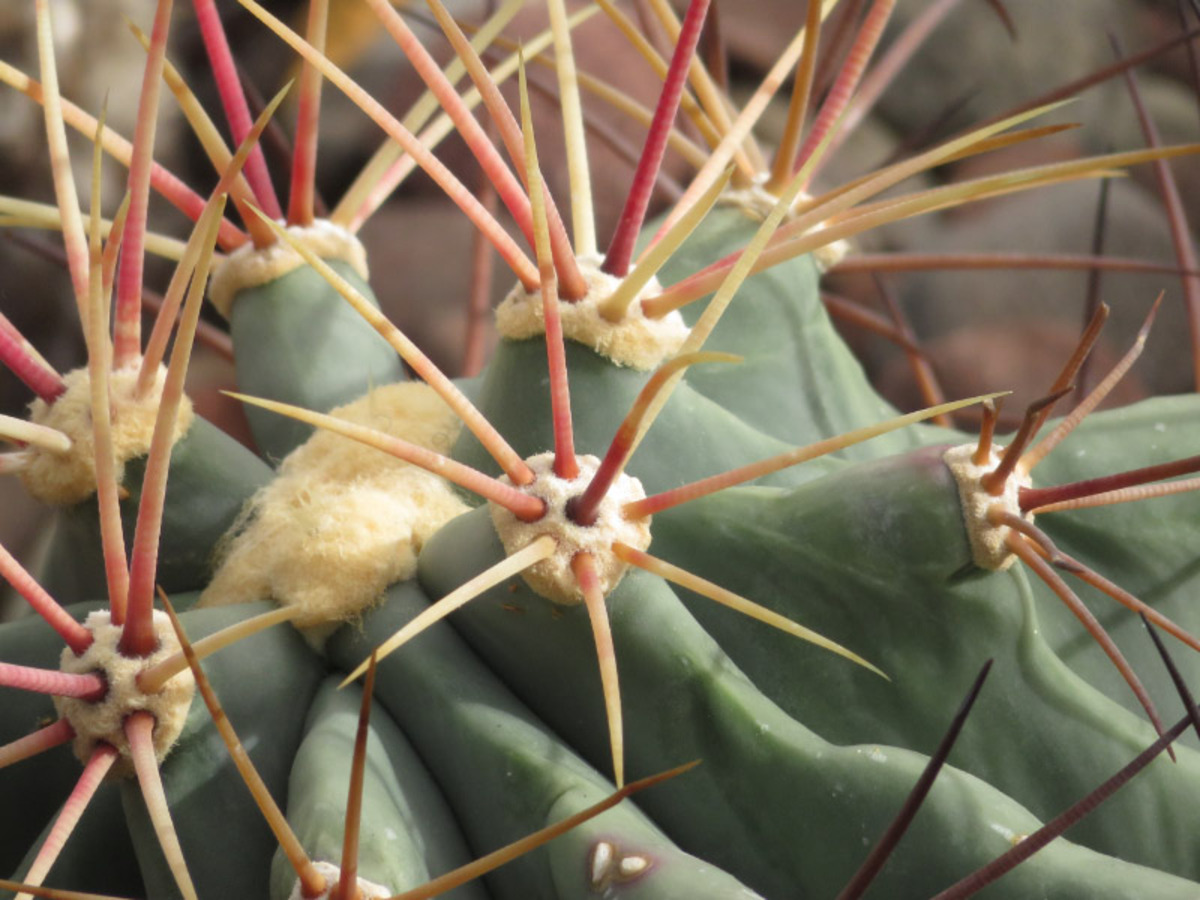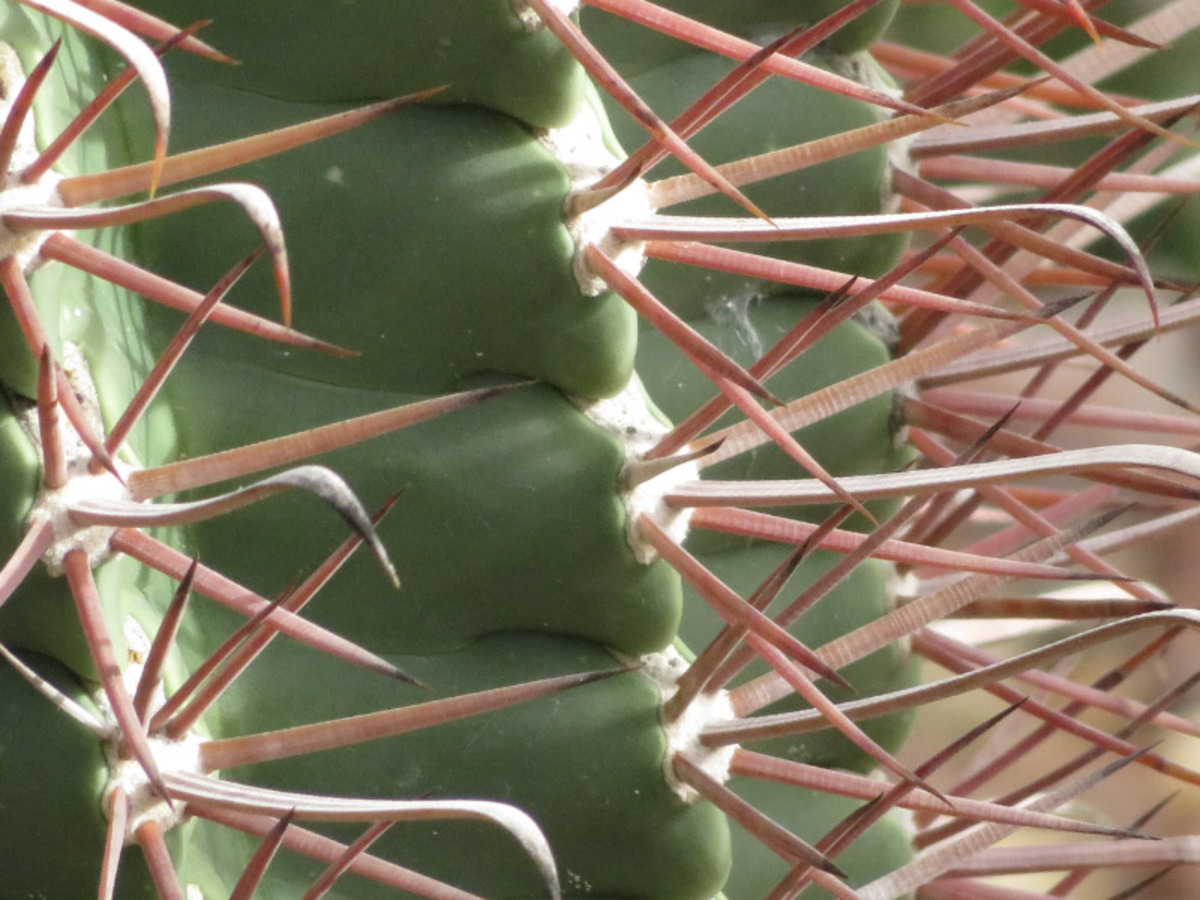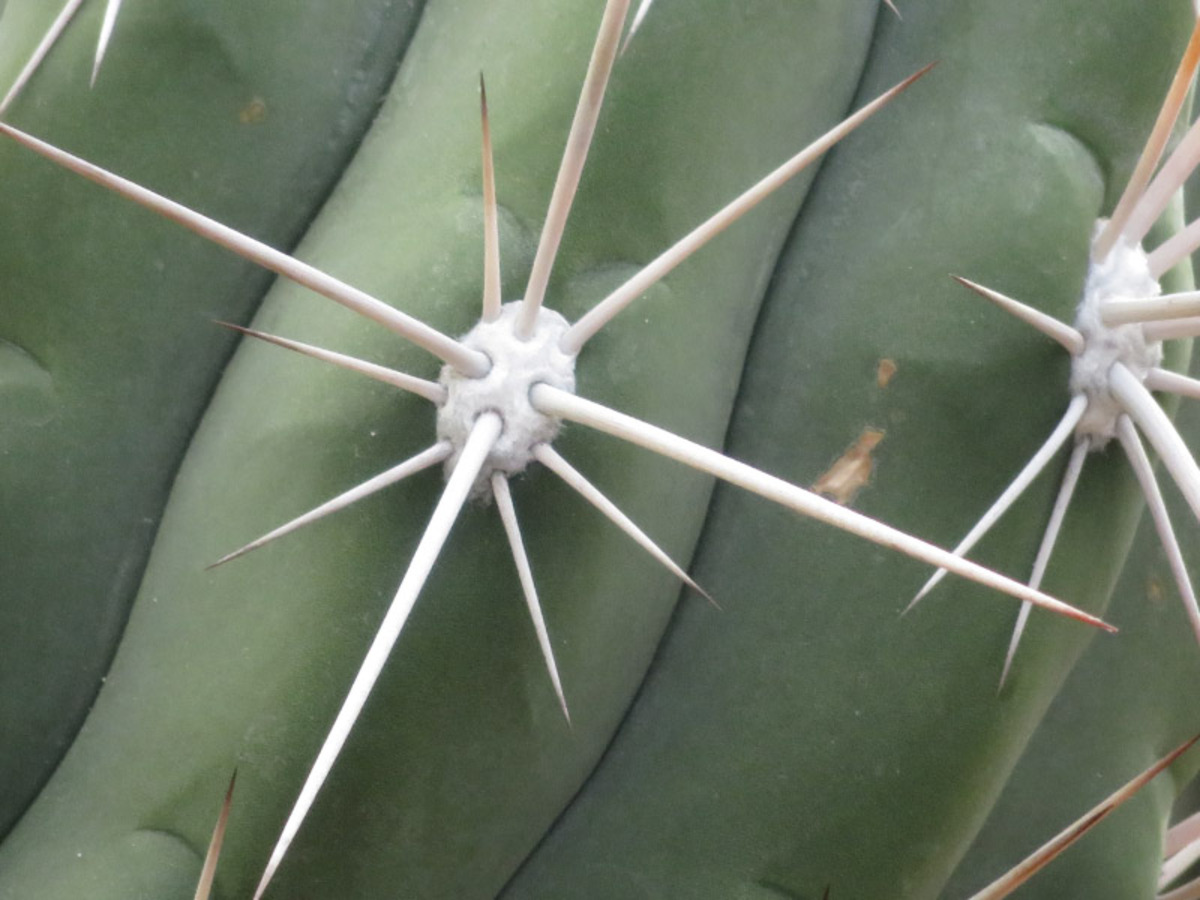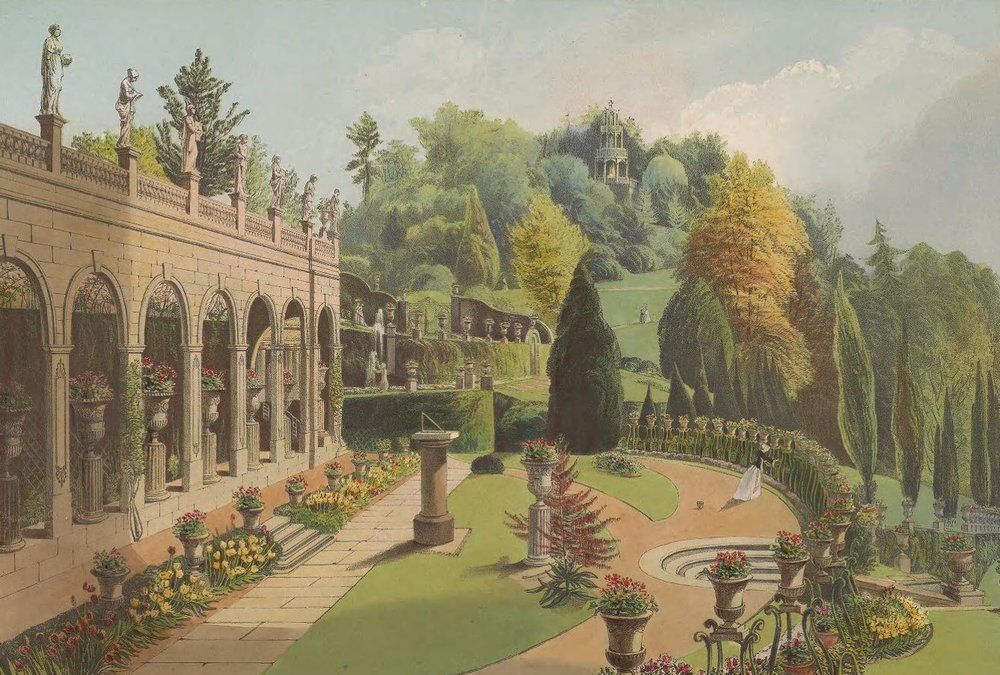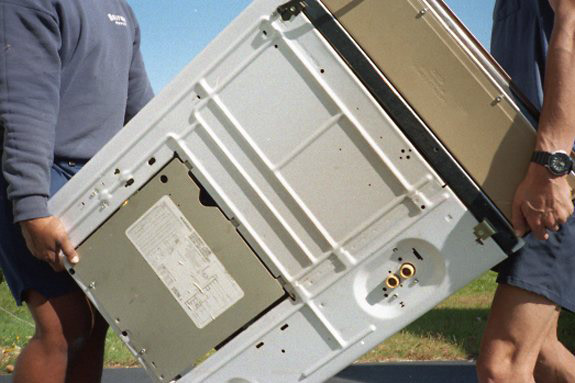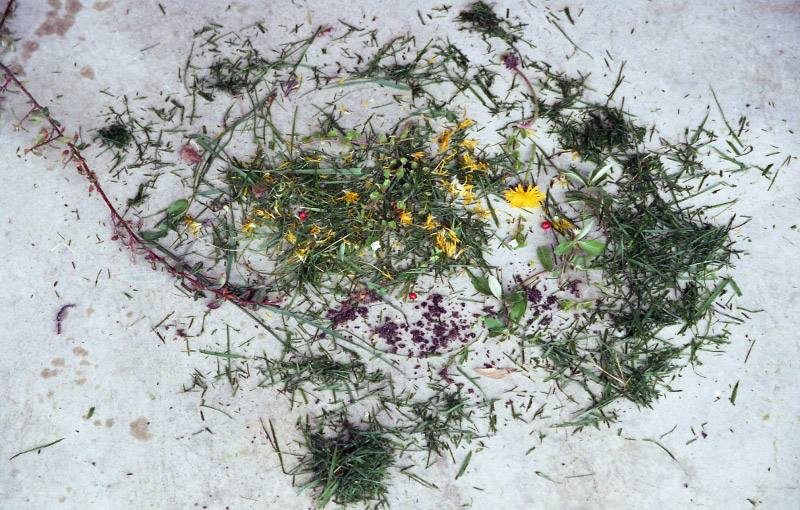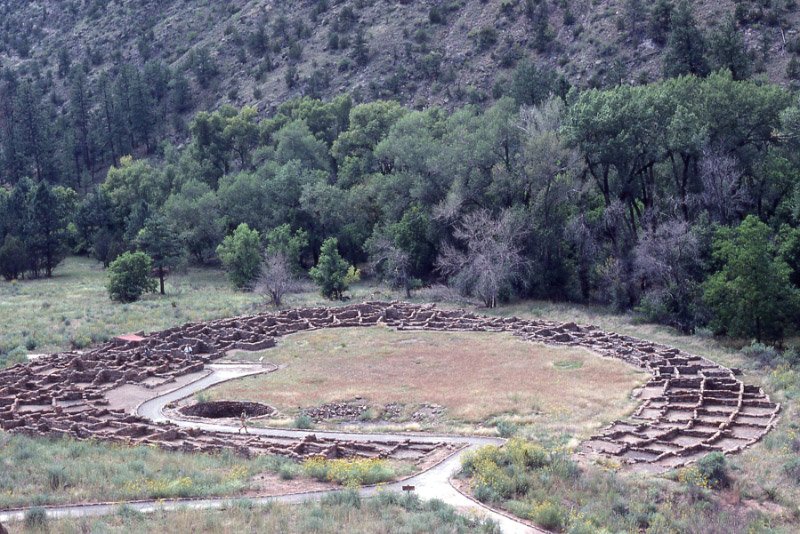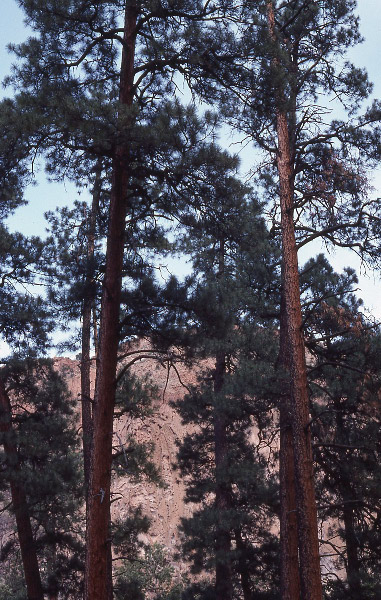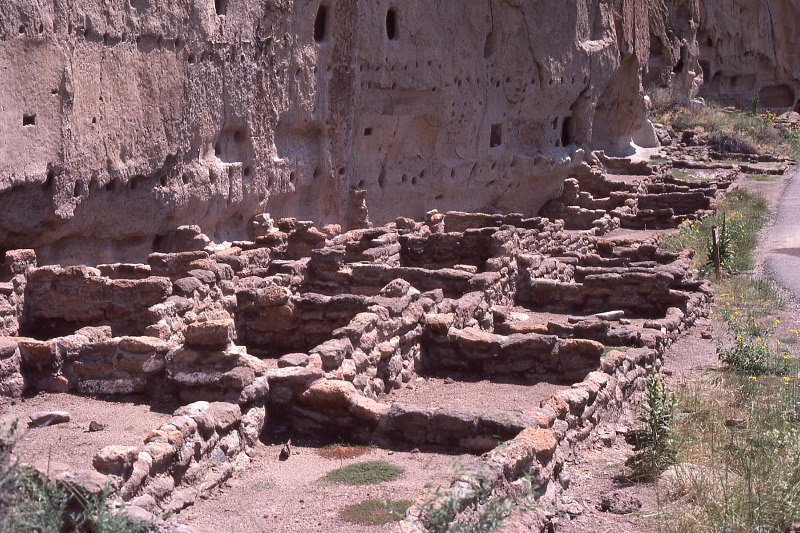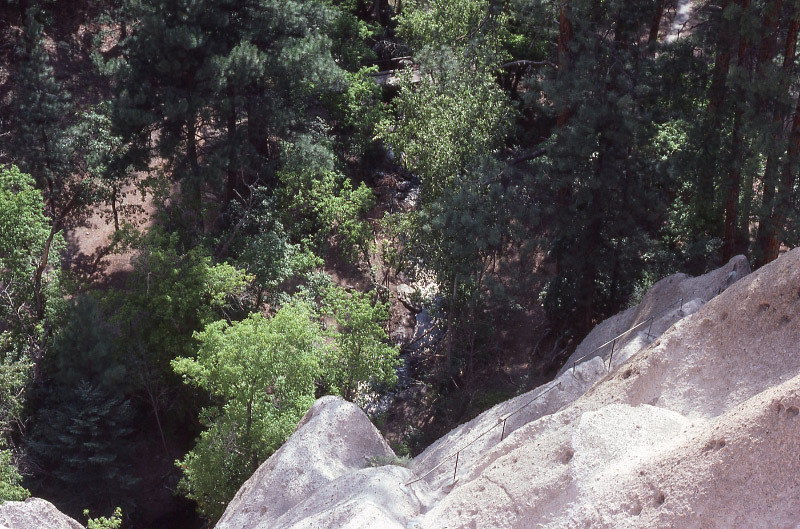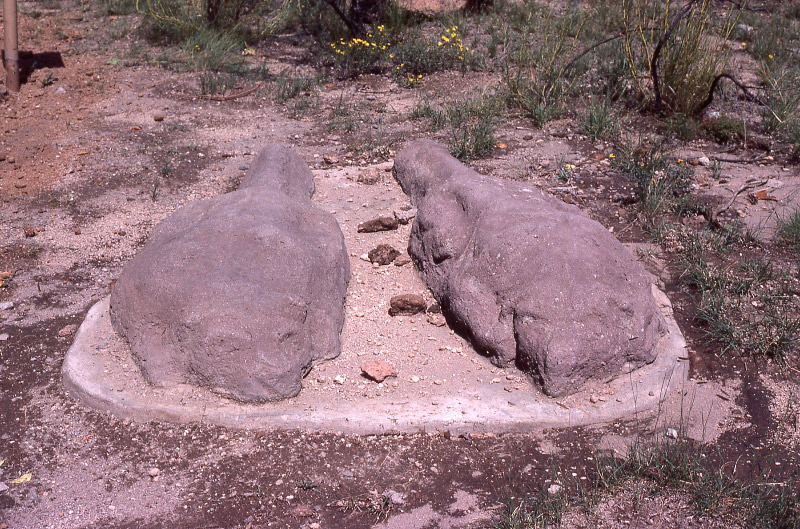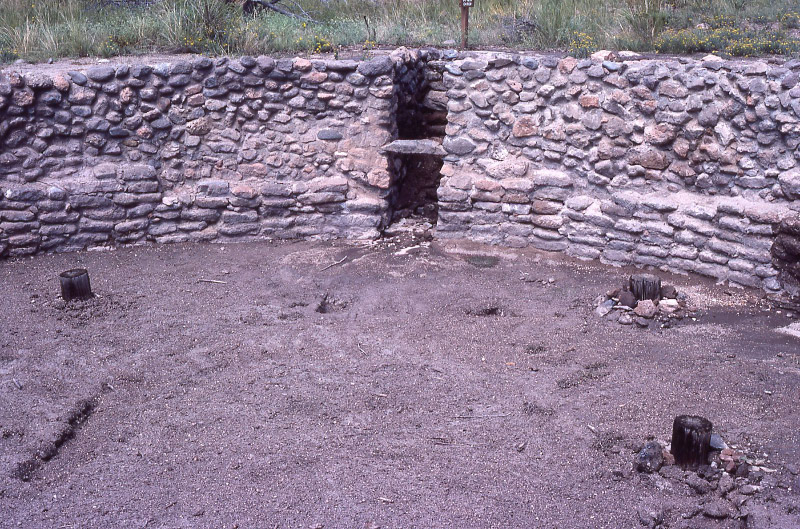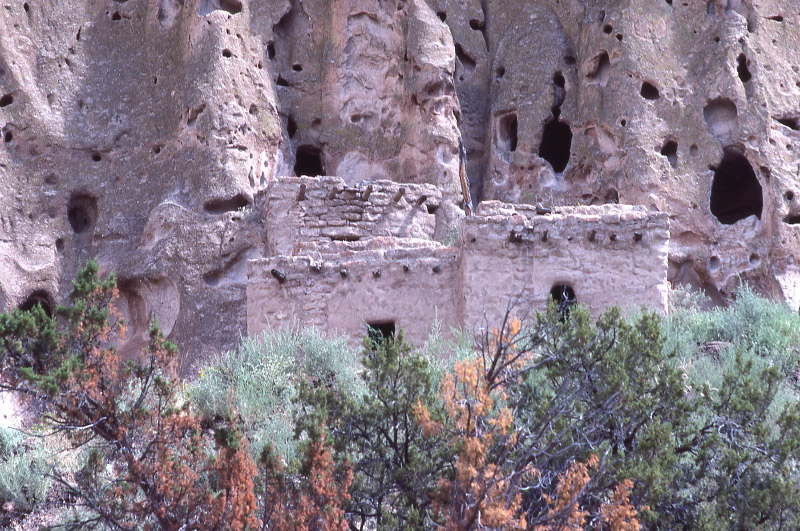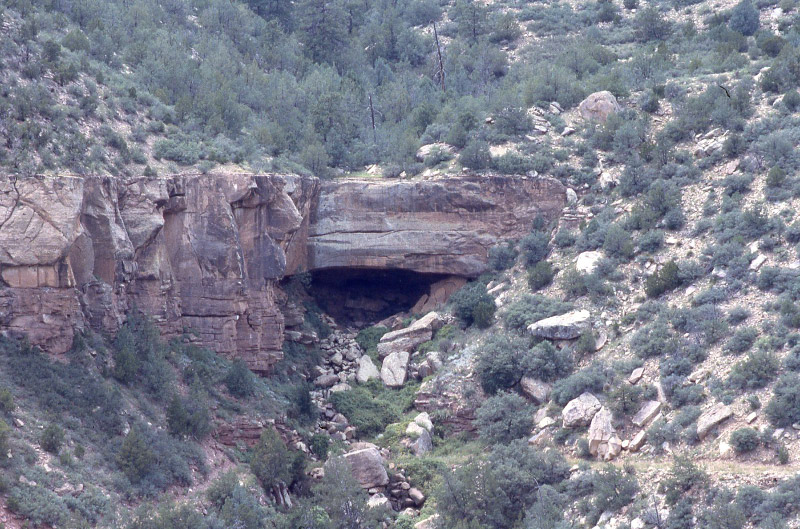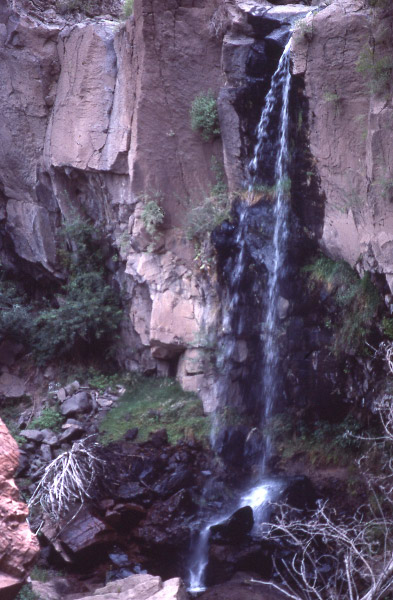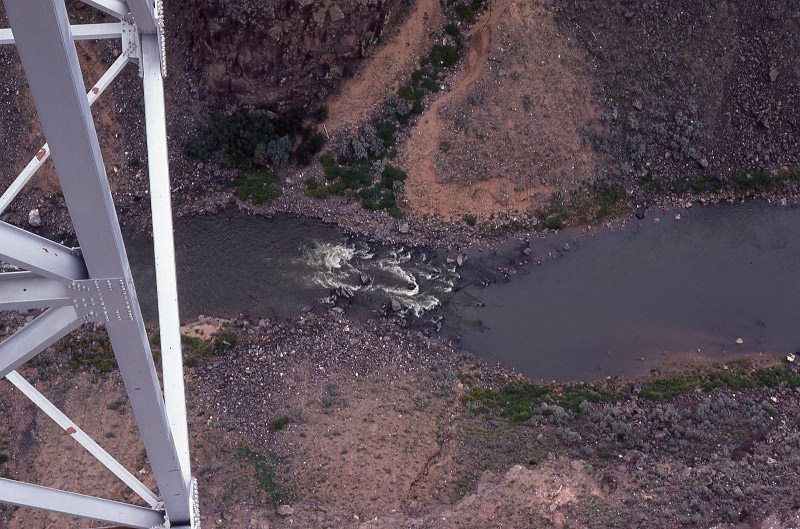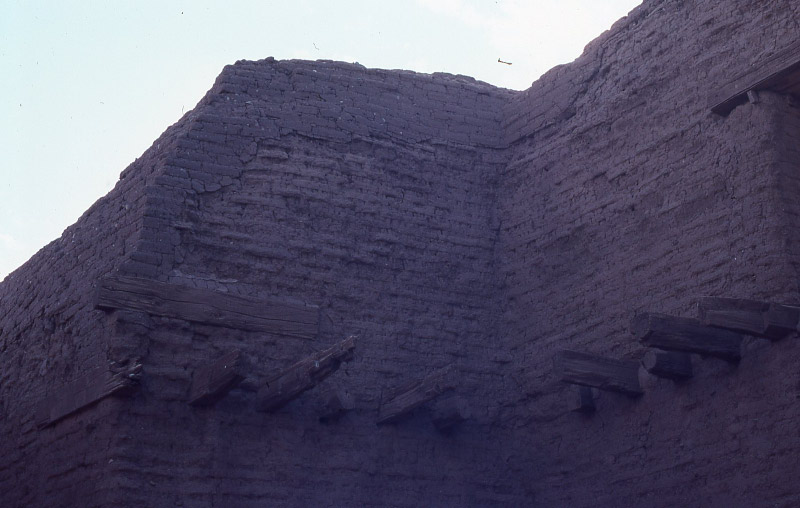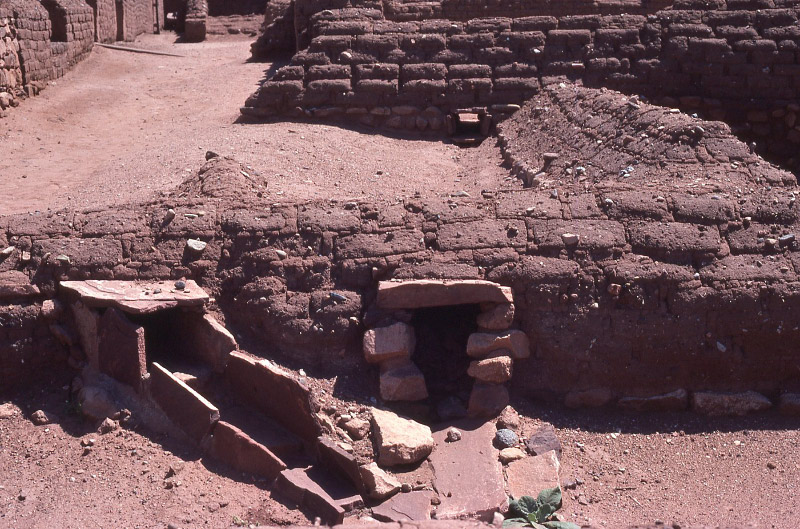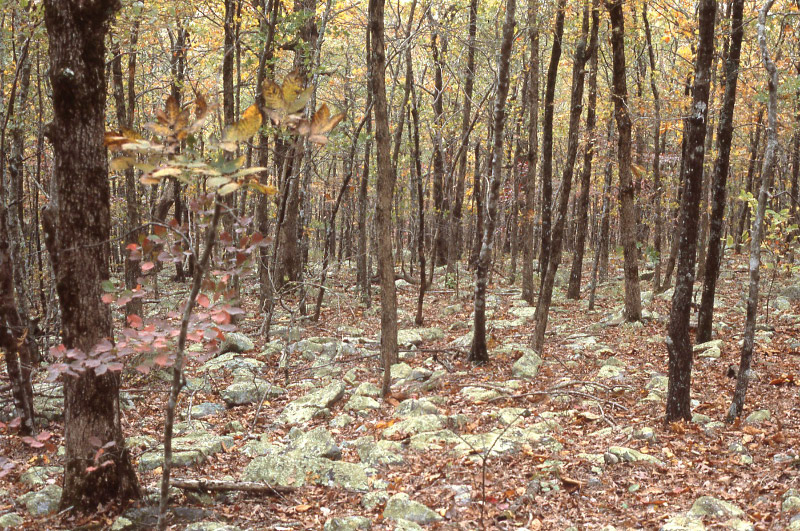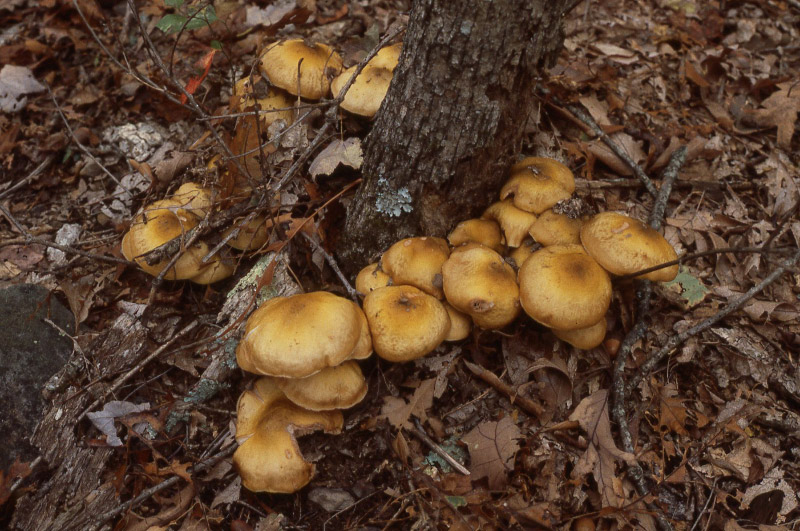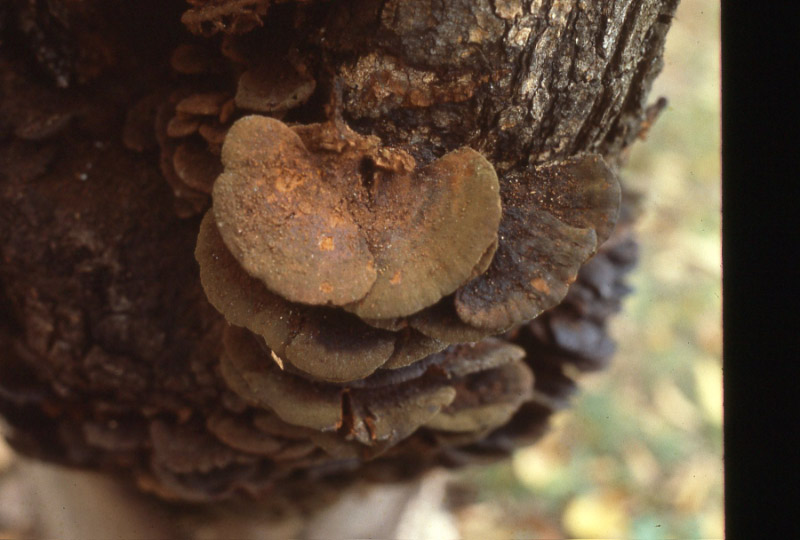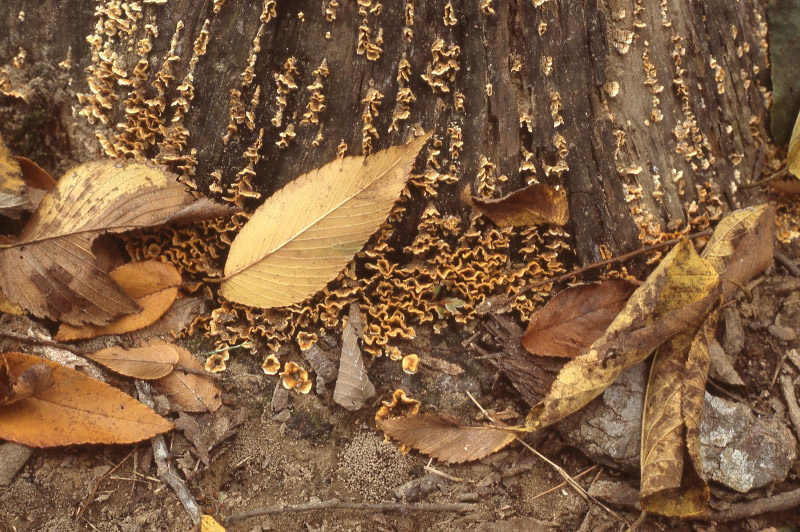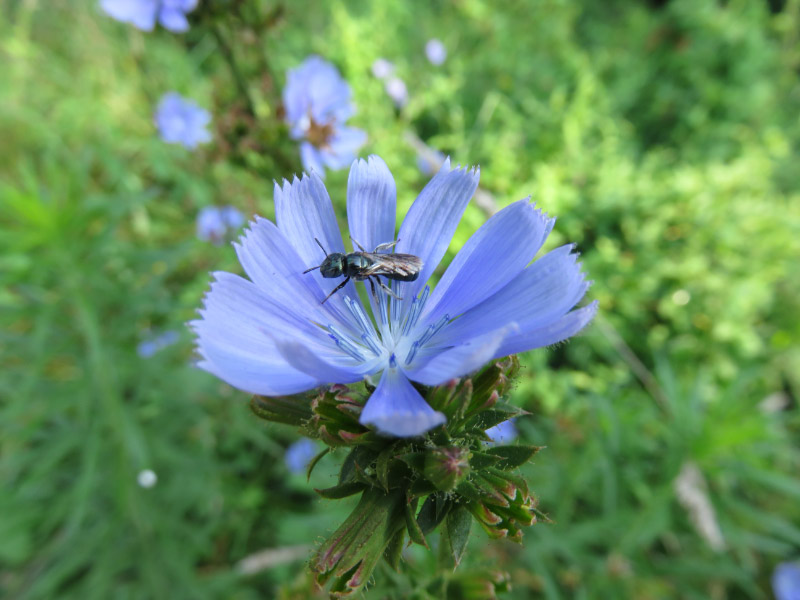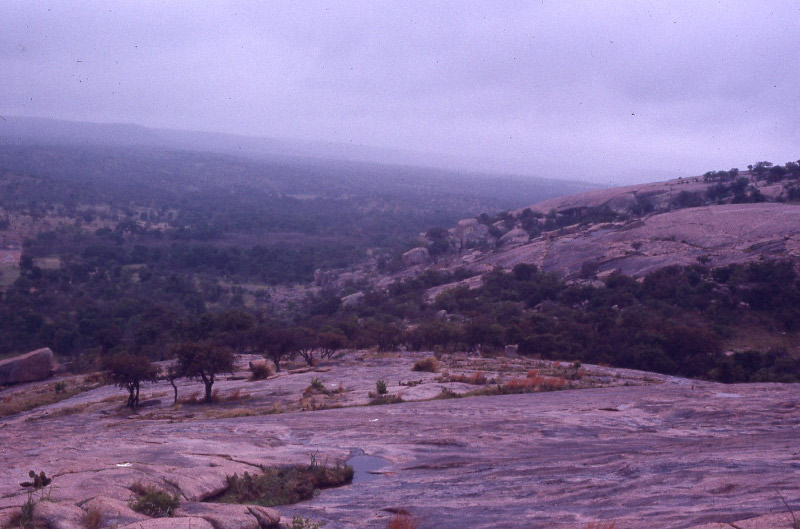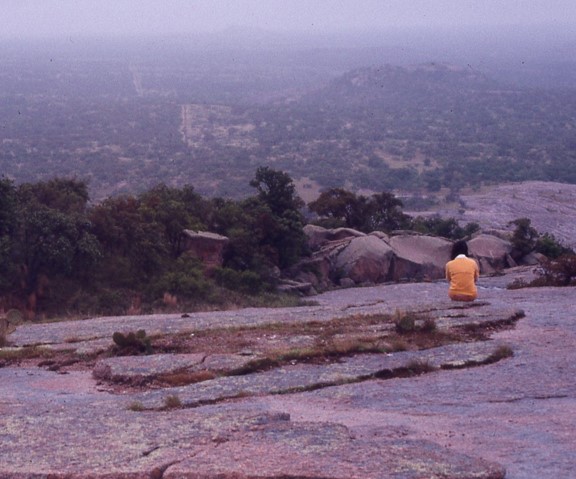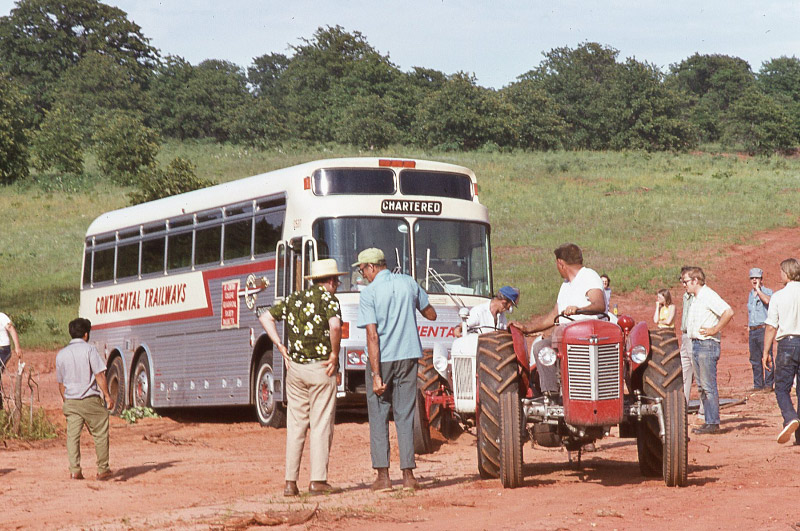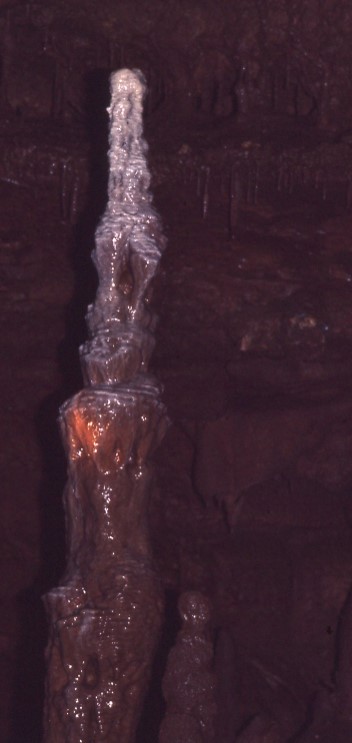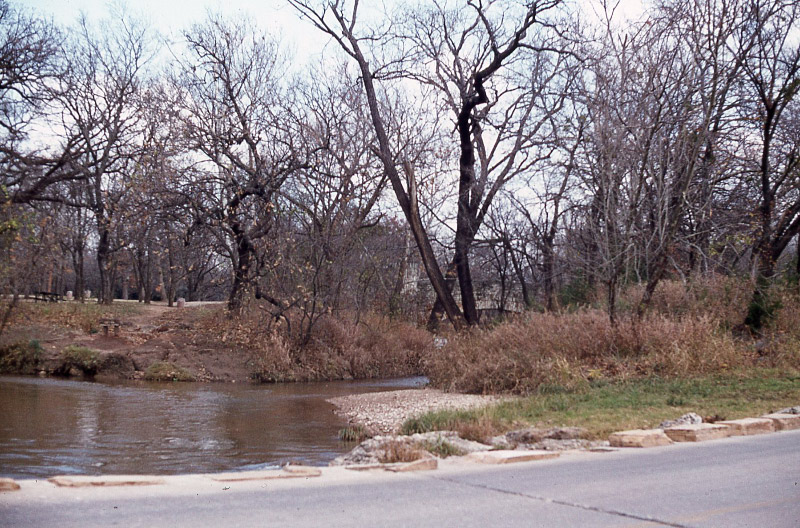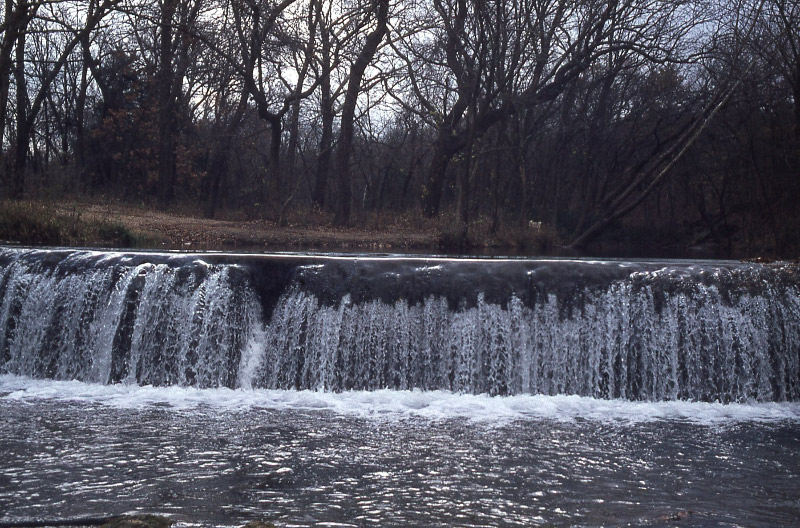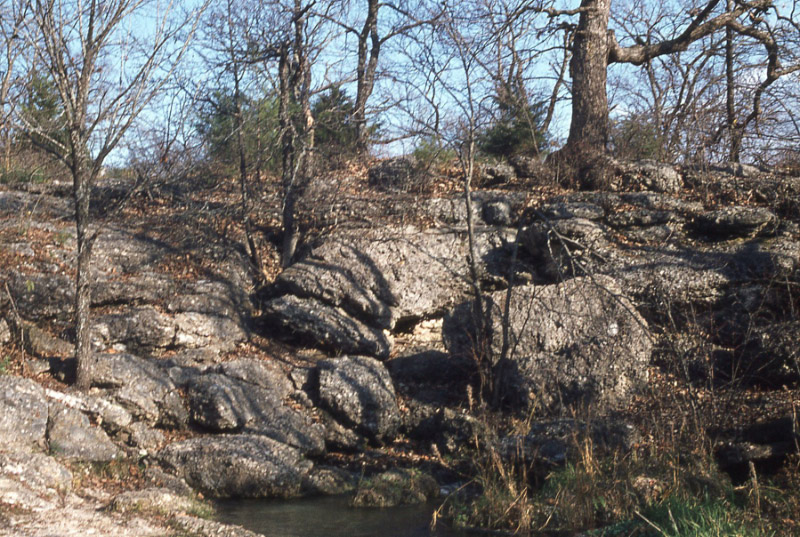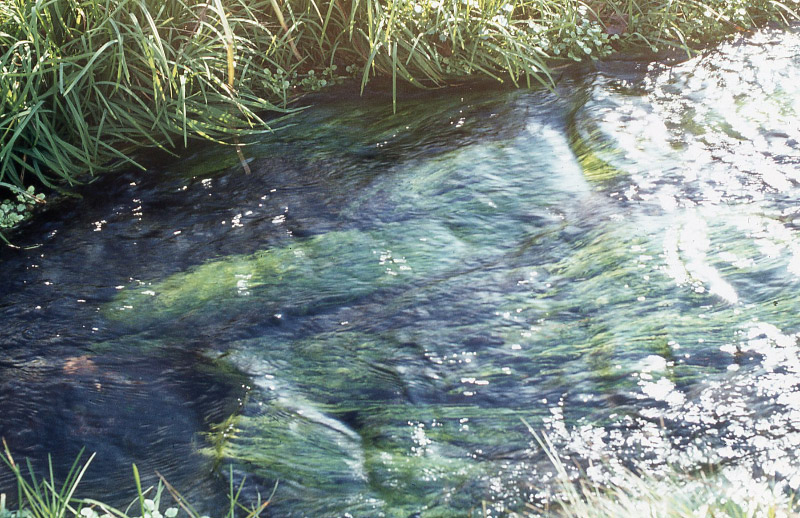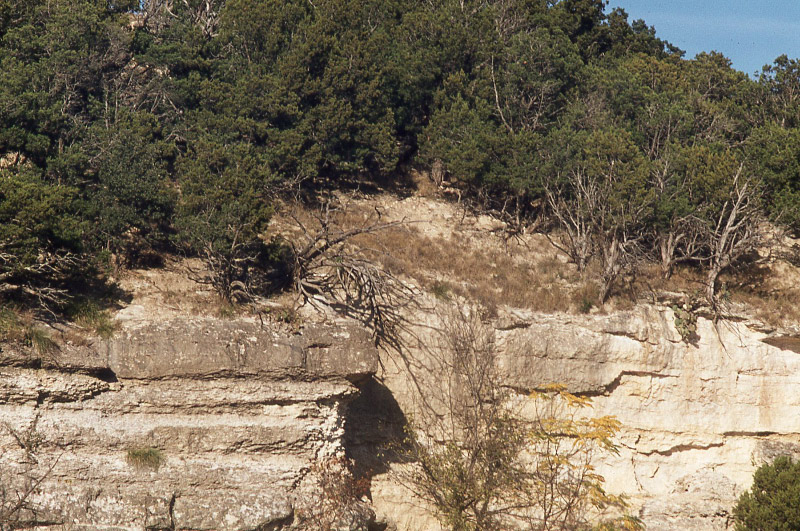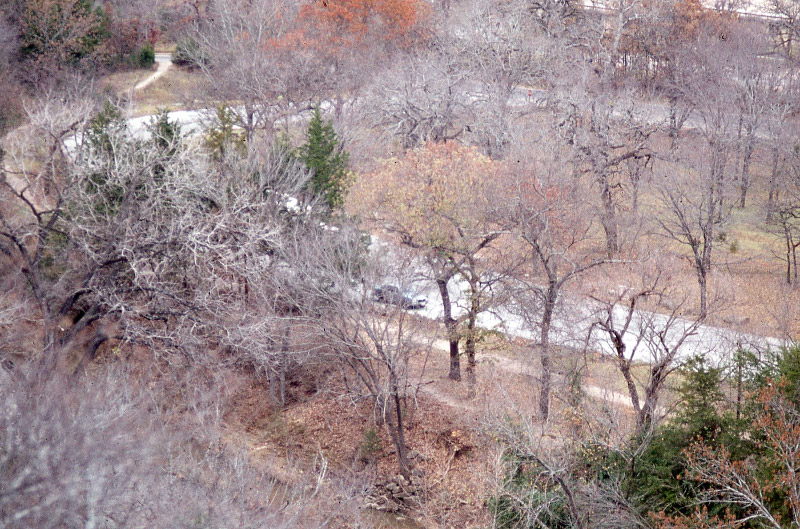The items below were ‘the cream’ of the articles and websites I found this past week. Click on the light green text to look at the article.
Pumpkin steel-cut oats – I am collecting pumpkin (and other winter squash) recipes. They are probably my favorite seasonal foods. I am going to use some leftover butternut squash (already cooked) for one of them today!
Salt’s Secret Success in Ancient Chaco Canyon – Evidently the salts in the soil around Chaco Canyon are not chlorides …but sulfate salts which are not toxic to maize. And the sulfate salts are useful for making pigments too which were used to color walls and pottery. The research contends that the water management systems in Chaco Canyon did not cause catastrophic salt pollution and abandonment of the area as had been previously conjectured.
A Win for the Whooping Crane’s Texas Home – I have been thinking about making a winter trip to the wildlife refuges along the Gulf Coast of Texas – seeing whooping cranes being high on the priorities for the trip – so I notice articles like this!
Thirty Years of Progress – My undergraduate degree in biology was about 35 years ago so this series of articles is a good update for me.
The London Landmark with 20,000 Skeletons in its Vault – The Museum of London – and a project to examine 1,500 skeletons from the collection and compare them with skeletons outside of London. It will be a slice through history using a lot of the same technologies used in modern medicine.
Hummingbird Whisperer Captures Close-Up Photos of Birds Visiting her Backyard – Hurray for backyard photographer Tracy Johnson – patience and persistence!
Culling of White-Tailed Deer Coming to National Parks in Western Maryland – We don’t have any natural predators for deer….so culling has become necessary. In our neighborhood, all certainly just won’t last through the spring and early summer because the deer eat them, low branches of trees are nibbled (or eaten) – even the evergreens which must be very tough eating. There are way too many deer and in a suburban area like ours culling is not an option.
Antarctic Invertebrates – Many times we only think of the larger, more visible plants and animals of an area….but biodiversity goes way beyond that view. This article makes the case about why we should care about invertebrates in the Antarctic…not just the penguins.
A Bird’s Eye View of Simmering Kilauea Volcano at Hawai’i Volcanoes National Park – Last year at this time, we were planning a trip to Hawai’i in December and we enjoyed Volcanoes National Park when we went. Now I always take a look at any article about the place. This one includes a video of the Halemaʻumaʻu Crater now – even more active than when we were there.
A Sherlock-Worthy Look at an Ancient Horse Mummy – From the steppes of Mongolia and dating from the 6th to 8th century CE.
